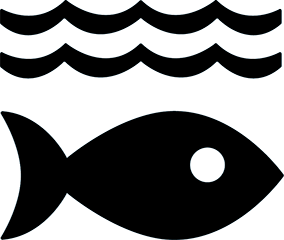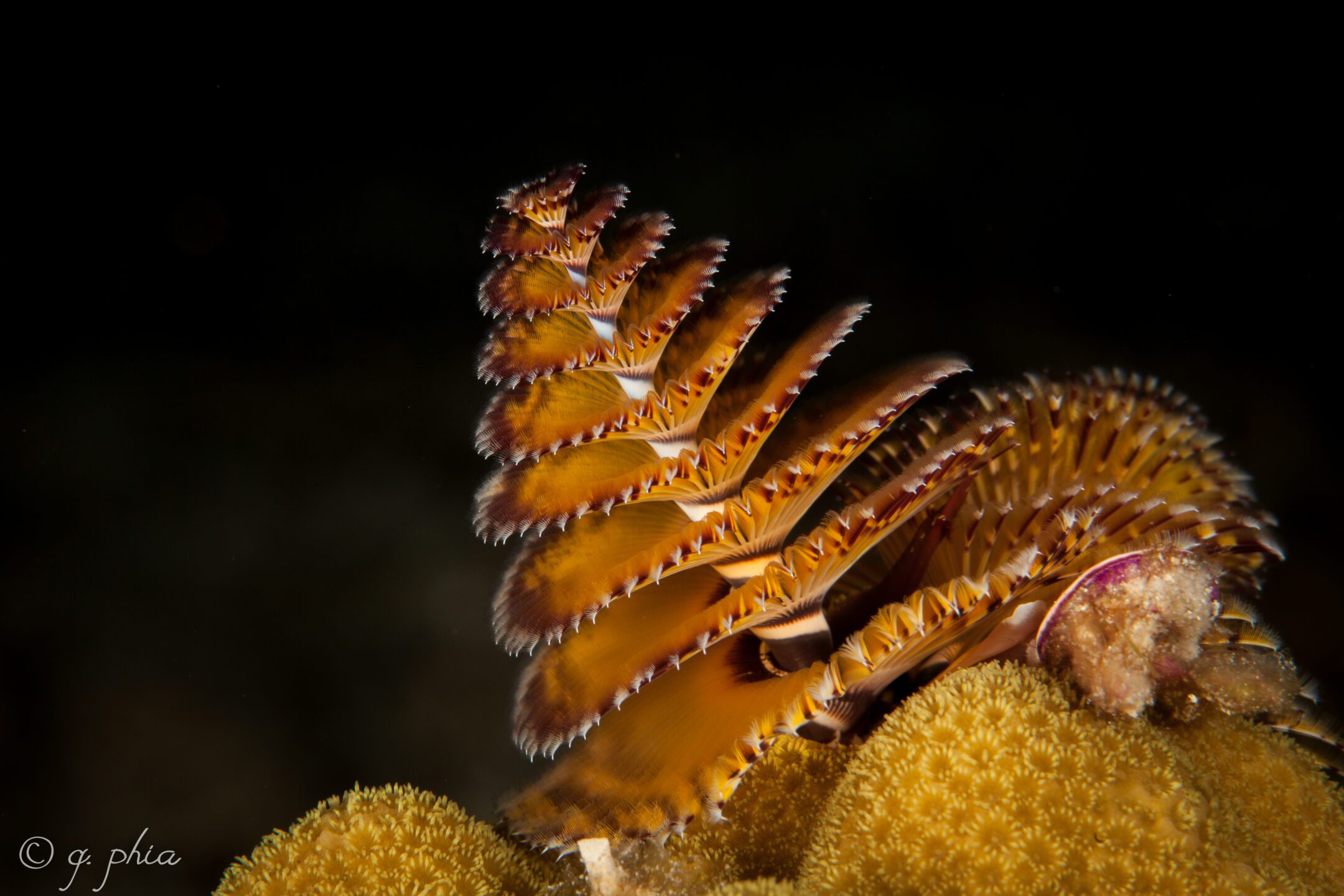First Place - High School, National
UN Sustainable Development Goals Addressed
-

Goal 14: Life Below Water
2023 Youth Design Challenge
This design concept was developed by participants in the Institute’s Youth Design Challenge. The descriptions below are from the team’s competition entry materials.
School: Saint Francis High School
Location: Mountain View, CA, USA
Coach: Daniel Meyer
Team members: Audrey Hsu

Innovation Details
Microplastics in the ocean, especially in California, are an increasingly prominent issue that San Francisco Bay Area team Christmas Tree Worm hoped to solve with “The Protego.” The Protego is a self-charging device that would attach to the front of any marine vessel and collect microplastics as the vessel is moving. The design gets its inspiration from four organisms, including the remora fish, Christmas tree worms, swordfish, and the blue tilapia. One of the device’s highlights is the suction pad, inspired by the remora fish and its ability to use a suction pad atop its head to attach itself to larger marine life and “hitch” a ride. Another prominent feature is the device’s ability to capture microplastics with its internal spiral conveyor belt system made from nonpolar rubber hairs, mimicking how Christmas tree worms use appendages to get food to their mouth. The Protego aims to clean the oceans in the Bay Area cheaply and sustainably.
The Protego received high praises for the overall quality of the project and for using numerous inspirations that all contributed to the final design. The judges loved how the team iterated upon the design based on feedback, and look forward to hearing about any potential future developments related to The Protego project.
What is the problem your team solved for this challenge? What is the problem addressed? How is the problem connected to the selected SDG?
With plastic consumption and disposal on the rise, microplastics are becoming an increasingly prominent issue that threaten clean water, sanitation, and planet health. Especially evident in California, the Bay Area has higher microplastics pollution levels than in the Great Lakes and Chesapeake Bay. Annually, runoff carries more than 7 trillion microplastics into the Bay, and California’s water sources are constantly polluted. This leads to human health complications, such as cancer and heart disease. Moreover, Earth’s climate is also at stake as microplastics are decreasing the ocean’s rate of carbon sequestration, which leads to the augmentation of climate change.
How was your solution inspired by nature? What (at least two) organisms did you learn from? How effectively did you combine the biological strategies for the final design?
Inspired by Christmas tree worms’ filter feeding system, swordfish’s hydrodynamic structure, blue tilapia’s crossflow filtration system, and remora’s suction ability, the Protego is attached to boats and collects microplastics efficiently and sustainably. The device’s highlight is the internal spiral conveyor belt system, inspired by Christmas tree worms, which use cilia-appendages to pass food to their mouths. Similarly, the Protego utilizes the water current and nonpolar natural rubber hairs to achieve the same effect. Another highlight is the Protego’s suction pad, inspired by the remora’s modified, spike-covered dorsal fin that allows it to hitch a ride on larger marine animals.
What does your design solution do? How does it solve or mitigate the problem you selected? How did what you learn inform your design?
Designed to lessen microplastics in the Bay Area, the Protego is a universally applicable, user-friendly device that collects microplastics efficiently, sustainably, and at a low cost. It leads microplastics to a compartment within through nonpolar natural rubber hairs, inspired by Christmas tree worms. Attached to the fronts of recreational boats, commercial boats, and ships, the Protego has minimal drag and rapidly collects whenever the boat is moving. Powered by a hydro turbine, it is sustainable and self-charging. This device sustainably rids reservoirs and natural areas of microplastics, eliminating their threat to Earth’s climate, clean water, sanitation levels, and human health.
